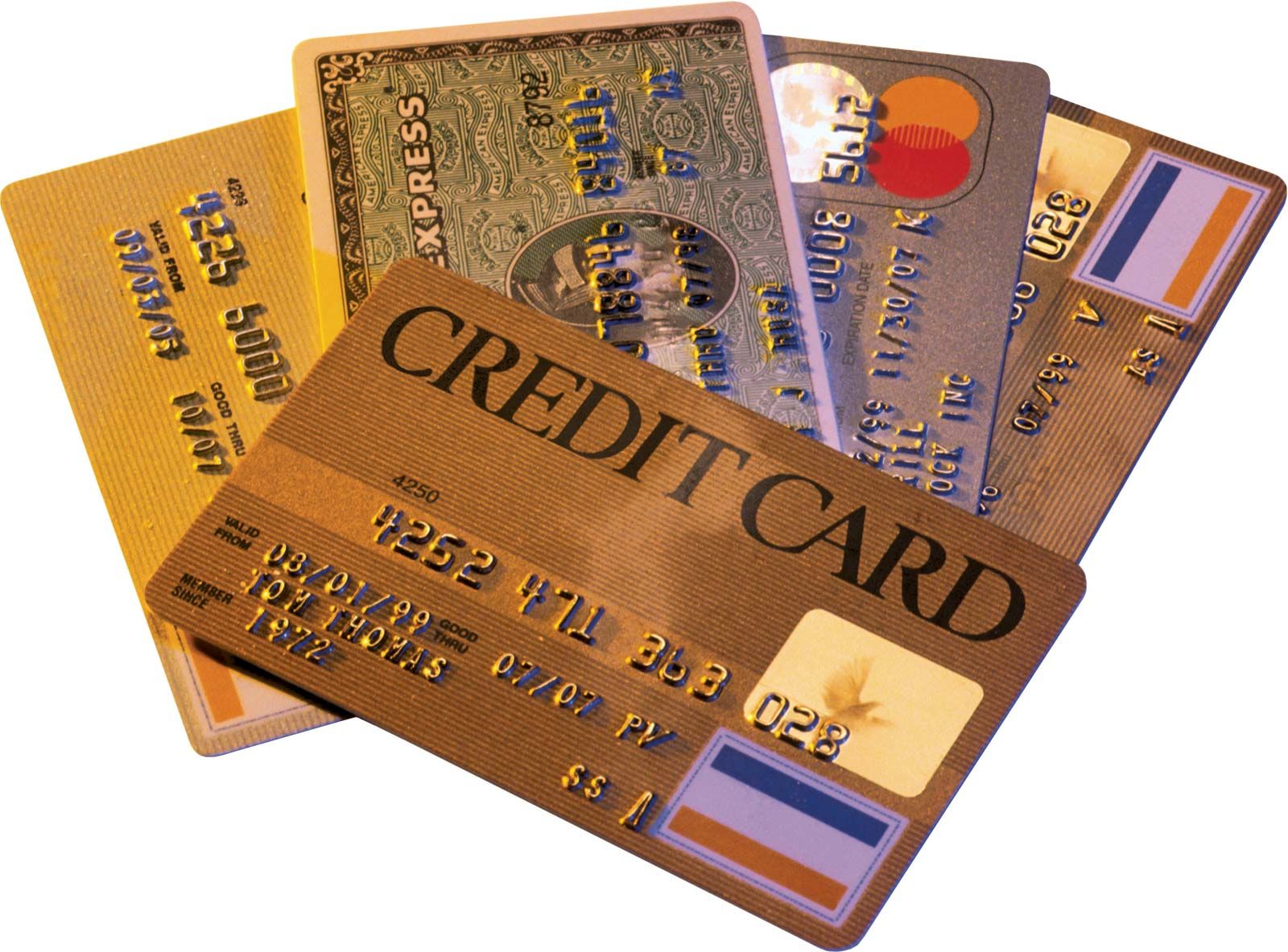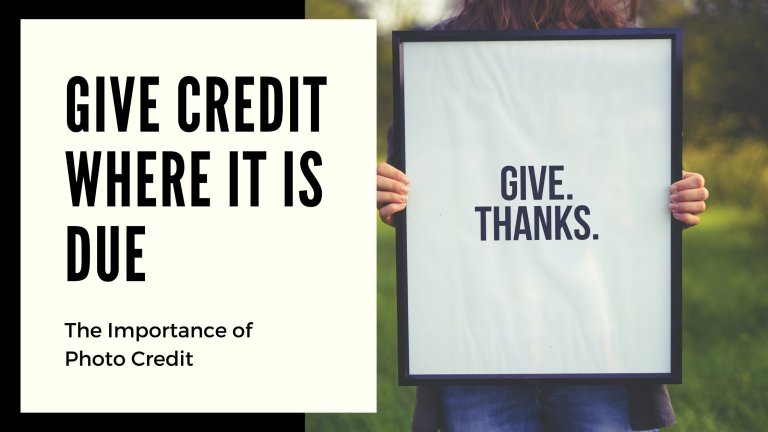When it comes to using images in your projects, it’s crucial to know how to give credit where credit is due, especially with resources like Getty Images. Properly crediting images not only respects the rights of the creators but also enhances the professionalism of your work. In this post, we’ll dive into the essential steps of crediting Getty Images correctly and understanding the licensing that comes with these stunning visuals. So, let’s get started!
Understanding Getty Images Licensing

Before you use any image from Getty, it’s important to grasp the nuances of their licensing. Getty Images offers various licensing options, each with its own rules about usage, redistribution, and crediting. Here’s what you need to know:
- Royalty-Free License: This means you pay a one-time fee and can use the image multiple times without paying additional royalties. However, there might still be restrictions on how the image is used.
- Rights Managed License: This licensing is tailored for specific usages. You’ll have to provide details about how and where you’ll use the image, and there might be different fees for different usages.
- Editorial Use Only: Some images can only be used for journalistic purposes and can’t be altered or used for commercial purposes. This is often the case for images depicting events or public figures.
To make sure you're using these images correctly, here’s a quick checklist:
| License Type | Use Cases | Credit Required |
|---|---|---|
| Royalty-Free | Commercial and personal use | Yes, as per Getty guidelines |
| Rights Managed | Specific projects, often commercial | Yes, must follow specific terms |
| Editorial Use Only | News articles, blogs, etc. | Yes, must credit the source |
In summary, understanding the licensing from Getty Images is fundamental to ensuring you’re using their visuals legally and ethically. Whether you’re a blogger, a designer, or a marketer, adhering to these guidelines will save you from potential legal issues down the line. Keep an eye on the licensing details to stay compliant!
Also Read This: Creating Curved Images in Canva
Why Proper Attribution Matters

When it comes to using images from Getty Images or any other stock photo service, proper attribution is not just a formality, but a crucial aspect of creative integrity and legality. Here’s why you should always take attribution seriously:
- Legal Compliance: Getty Images, like many stock photo agencies, has strict licensing agreements. Failing to credit appropriately could lead to legal ramifications, which might include hefty fines or legal action. Always ensure that you’re following the guidelines laid out in your license agreement.
- Respect for Creators: Photographers and artists put immense effort and creativity into their work. By crediting them properly, you acknowledge their hard work and support their right to earn a living. It fosters a sense of appreciation within the creative community.
- Enhancing Your Reputation: Properly attributing your sources reflects professionalism. It shows your audience that you care about ethical practices and respect copyright laws. This, in turn, boosts your credibility and strengthens your relationship with your audience.
- Promoting Discoverability: Crediting a photographer or agency can help others discover their work. Imagine the ripple effect: a reader sees a stunning image, notes the attribution, and seeks out more of that creator’s work. It’s mutually beneficial!
In essence, when you give proper attribution, you not only avoid repercussions but also contribute to a culture of respect within the creative industry. It’s a small step with significant implications!
Also Read This: Discovering the Most Liked Short on YouTube
Methods for Crediting Getty Images
Now that we understand why proper attribution is important, let’s dive into how to credit Getty Images effectively. Whether you’re using images on a blog, in a presentation, or on social media, here are some straightforward methods to ensure you’re giving credit where it’s due:
1. Basic Attribution Format
The basic format for attributing an image from Getty Images typically includes:
- Photographer's Name: Include the name of the photographer, if provided.
- Source: Mention “Getty Images” or “Getty” to identify the source of the image.
- Copyright Notice: If applicable, include any relevant copyright notice.
For example: “Image by John Doe/ Getty Images.”
2. Hyperlinks
If you’re posting online, consider hyperlinking the photographer’s name or “Getty Images” to provide easy access to the source. This not only fulfills your attribution requirement but also adds value for your viewers.
3. Captions
In scenarios like articles or blog posts, placing attributions in the caption below the image is a common practice. It keeps the caption area visually appealing while ensuring credit is front and center.
4. Social Media Tags
When posting images on social media, tag Getty Images if they have an official account. Additionally, you can directly tag the photographer, if appropriate, to give them proper recognition.
No matter which method you choose, remember that the goal is to be clear and honest in your attribution. Getting it right not only safeguards you legally but also shows respect for the creative work of others.
Also Read This: How to Edit a LinkedIn Post Effectively
Common Mistakes to Avoid
When it comes to crediting Getty Images, many people make some common mistakes that can lead to legal issues or misunderstandings. It’s crucial to be aware of these pitfalls so you can navigate the world of licensing images with confidence. Here are some key mistakes to steer clear of:
- Not Following Licensing Agreements: Every image from Getty comes with its own set of licensing rules. Ignoring these can result in unauthorized use.
- Incorrect Attribution: Failing to provide the correct attribution format can lead to complications. Ensure you follow the exact phrasing as specified by Getty.
- Using Images for Unapproved Purposes: Some licenses may restrict usage, like commercial purposes or modifications. Always double-check what your chosen license allows.
- Neglecting to Keep Records: Forgetting to save your licensing agreements or proof of purchase can make it difficult to resolve disputes later on.
- Assuming All Images Are Free: Not all images are royalty-free. Make sure you understand the licensing terms for each image you use.
By being aware of these common mistakes, you can ensure your usage of Getty Images is not only legally sound but also respectful of the creators' rights. Remember, when in doubt, always double-check the licensing agreement!
Also Read This: Importing Images into Onshape
Resources for Further Guidance
If you're eager to learn more about properly crediting Getty Images, you're in luck! There are plenty of resources that can help clarify the process and provide additional information. Here’s a handy list to get you started:
- Getty Images' Official Website: A primary source of information where you can find licensing terms, guidelines, and FAQs.
- Image Licensing Tutorials: Many websites and blogs offer tutorials on image licensing and copyright; these can provide valuable insights.
- Copyright Offices: Government websites, such as the U.S. Copyright Office, offer helpful advice on copyright laws and best practices.
- Industry Blogs and Forums: Join photography and design communities where you can ask questions and share experiences with fellow creators.
- Webinars and Online Courses: Some organizations offer courses on copyright law and best practices for using stock images effectively.
Taking advantage of these resources can enhance your understanding of image licensing and help ensure that you are always on the right side of the law when using Getty Images.
How to Properly Credit Getty Images in Your Work
Using high-quality images can significantly enhance the visual appeal of your content. Getty Images is one of the leading stock photo agencies, providing a vast collection of professional images. However, it's crucial to understand how to properly credit these images to avoid legal issues and respect intellectual property rights.
Here are some key steps to consider when crediting Getty Images:
- Purchase the Right License: Before using any image, ensure you have the appropriate license. Getty Images offers various licensing options, including standard and extended licenses, which determine how you can use the image.
- Include a Credit Line: Always include a credit line for the image. This typically includes the photographer's name and the source. For example: “Photo by [Photographer's Name] on Getty Images”.
- Use the Correct Format: The format for crediting images may vary based on the medium. Below are some common formats:
Medium Credit Format Print Image by [Photographer Name]/Getty Images Online © [Photographer Name]/Getty Images Social Media Image via [Photographer Name] on Getty Images - Adhere to Usage Guidelines: Each image may come with specific restrictions. Always review and comply with the usage guidelines provided by Getty Images during your license purchase.
Correctly crediting Getty Images not only preserves your professional integrity but also supports the photographers who have contributed to the visual content you admire. By following these guidelines, you can creatively enhance your projects while ensuring compliance with copyright laws.
 admin
admin








